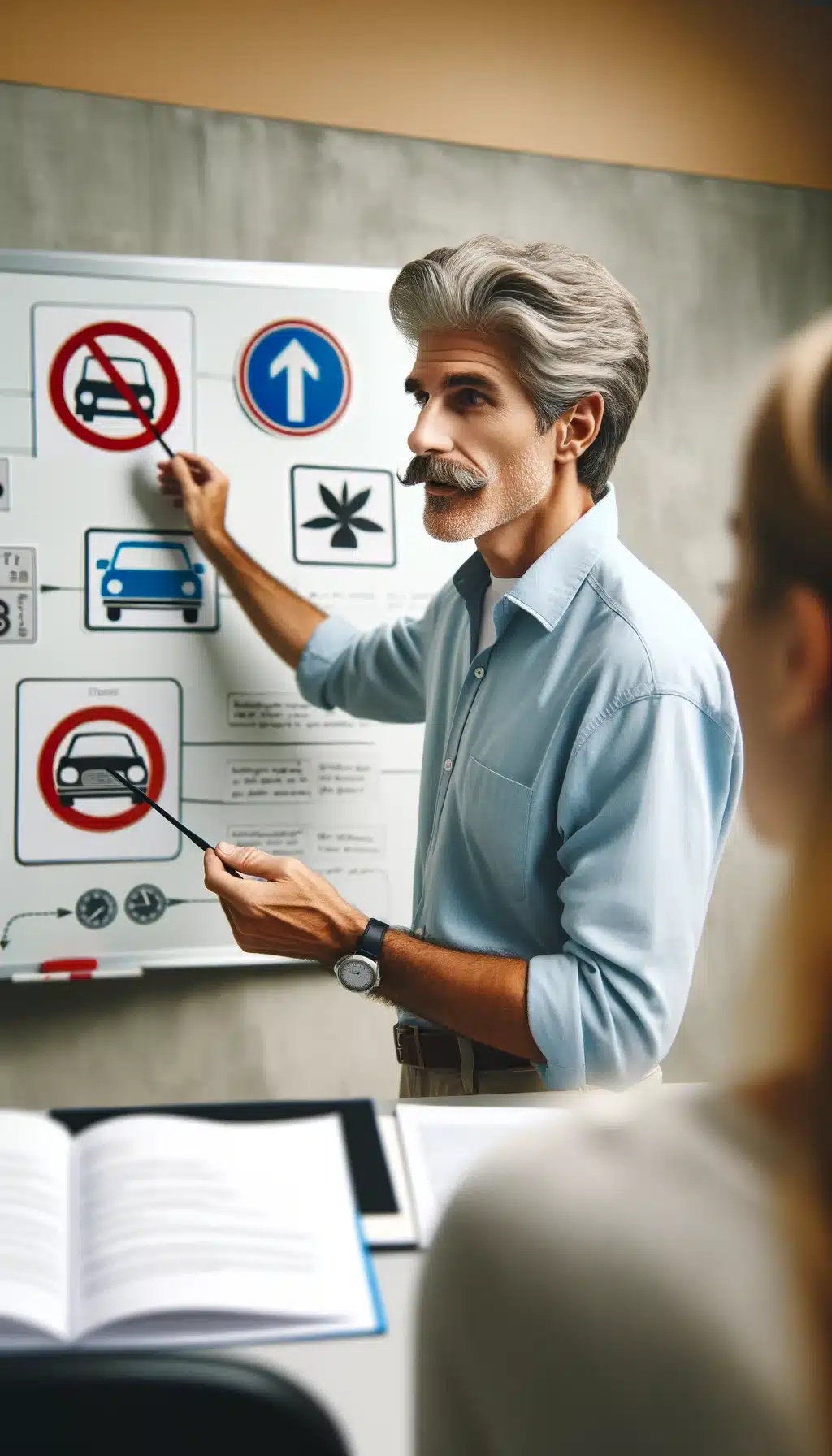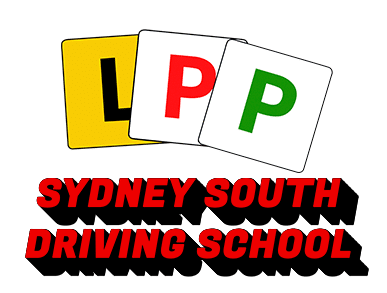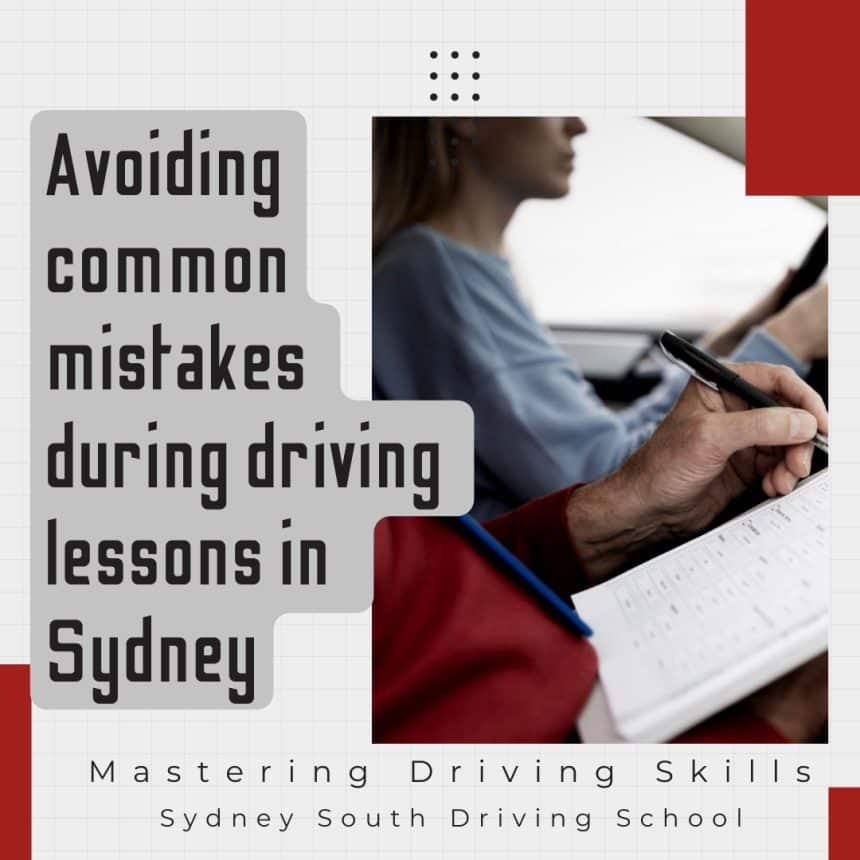Driving is an essential skill that empowers individuals with independence and the ability to explore new horizons. Whether you’re a novice driver or someone looking to improve their driving skills, taking driving lessons in Sydney is a great way to gain confidence behind the wheel. However, it’s crucial to be aware of the common mistakes that learners often make during their driving lessons, as these can hinder progress and potentially lead to unsafe driving practices. In this article, we’ll highlight the most prevalent mistakes to avoid during driving lessons in Sydney, ensuring a smooth and successful learning experience.
Neglecting the Importance of Proper Vehicle Familiarization
Before embarking on your driving lessons, it’s essential to familiarize yourself with the vehicle you’ll be driving. Many learners overlook this crucial step, leading to confusion and distraction during their lessons. Take the time to understand the basic controls of the car, such as the accelerator, brakes, clutch (if applicable), steering wheel, and indicators. Additionally, familiarize yourself with the location of essential features like the headlights, wipers, and hazard lights. By mastering these fundamentals, you’ll be better equipped to focus on the road and respond effectively to different driving situations.
Lack of Preparation and Practice
Driving requires consistent practice to refine your skills and build confidence. Some learners underestimate the significance of practice and fail to adequately prepare for their driving lessons. Allocate sufficient time for practice sessions outside of your lessons to reinforce what you’ve learned. Practicing in diverse road conditions, such as heavy traffic or different weather conditions, can help you develop adaptability and enhance your decision-making abilities. Remember, practice makes perfect, and the more you practice, the more comfortable and skilled you’ll become behind the wheel.
Failure to Stay Alert and Observant
One of the critical aspects of safe driving is maintaining constant vigilance and awareness of your surroundings. Some learners make the mistake of becoming complacent or distracted during their driving lessons. Always remain alert and focused on the road ahead, checking your mirrors regularly and scanning for potential hazards. Develop the habit of signaling well in advance to indicate your intentions and keep a safe following distance from the vehicle in front of you. By staying observant and responsive, you’ll be able to anticipate and avoid potential accidents.
Improper Handling of Speed and Acceleration
Controlling your speed is crucial for safe and responsible driving. Many learners struggle with managing their speed and acceleration correctly. Avoid sudden or excessive acceleration, as it can lead to loss of control and endanger yourself and others on the road. Likewise, refrain from unnecessary speeding, as it not only increases the risk of accidents but also violates traffic regulations. Develop a sense of judgment regarding the appropriate speed for different road conditions and adjust accordingly to ensure a smooth and controlled driving experience.
Inadequate Communication with Other Road Users
Effective communication on the road is vital to ensure the safety of all motorists. Some learners overlook the significance of clear and timely communication with other road users. Proper use of indicators, hand signals, and eye contact can help convey your intentions and make your driving maneuvers more predictable. Always signal before turning or changing lanes, and remember to check your blind spots to avoid potential collisions. By communicating effectively, you’ll foster a safer driving environment and reduce the risk of misunderstandings or accidents.
Ignoring Defensive Driving Techniques
Defensive driving is an essential skill that emphasizes anticipating and responding to potential hazards on the road. Unfortunately, many learners neglect to incorporate defensive driving techniques into their lessons. It’s vital to develop a proactive mindset and constantly assess the actions of other drivers around you. Maintain a safe distance from aggressive or reckless drivers, and anticipate potential hazards by scanning the road and checking for potential obstacles or erratic behavior from other vehicles. By practicing defensive driving, you’ll be better prepared to react swiftly and decisively to unexpected situations, reducing the likelihood of accidents and ensuring your safety on the road.
Failure to Observe and Follow Traffic Rules
Traffic rules and regulations exist for a reason – to maintain order and safety on the roads. However, some learners make the mistake of disregarding or neglecting these rules during their driving lessons. It’s crucial to thoroughly understand and abide by traffic laws, including speed limits, right-of-way rules, and traffic signs. Ignoring these rules not only puts you at risk but also endangers other road users. Always be mindful of traffic signals, road markings, and posted signs to ensure responsible and lawful driving.
Poor Spatial Awareness and Maneuvering Skills
Navigating through traffic requires a keen sense of spatial awareness and precise maneuvering skills. Many learners struggle with judging distances, parking, and executing turns smoothly. Take the time to practice spatial awareness by estimating distances between vehicles, gauging clearance when passing obstacles, and mastering parallel parking techniques. By honing your maneuvering skills, you’ll be able to navigate through tight spaces, change lanes effectively, and park with confidence.
Inadequate Use of Mirrors and Blind Spot Checks
Proper mirror usage and checking blind spots are essential habits for safe driving. However, some learners neglect to use their mirrors effectively or forget to check blind spots before changing lanes. Develop the habit of checking your mirrors frequently, ensuring you have a clear view of vehicles behind you and in adjacent lanes. Additionally, always perform thorough blind spot checks by glancing over your shoulder before merging or making lane changes. This extra step can prevent potential accidents caused by unseen vehicles.
Letting Nervousness or Distractions Overwhelm You
Nervousness and distractions can significantly impact your driving performance. Some learners allow anxiety or external distractions to overwhelm them during their lessons, impairing their focus and decision-making abilities. It’s essential to stay calm, composed, and focused while behind the wheel. Minimize distractions by avoiding phone usage, adjusting the radio, or engaging in other activities that divert your attention. If you feel overwhelmed or anxious, take deep breaths and remind yourself of your training and capabilities.
In Conclusion
Embarking on driving lessons in Sydney is an exciting journey towards acquiring essential driving skills. By being aware of the common mistakes to avoid, such as neglecting vehicle familiarization, lack of practice, inattentiveness, improper speed control, communication lapses, ignoring defensive driving, disregarding traffic rules, poor spatial awareness, neglecting mirror usage, and letting nervousness or distractions affect your driving, you can ensure a successful and safe learning experience. Remember, mastering these skills takes time and effort, so stay dedicated, practice consistently, and embrace a responsible and confident approach to become a skilled and competent driver on Sydney’s roads.

As a full-time driving instructor and blogger, I’m thrilled to share my thoughts and advice. I’m an Accredited Driving Instructor. Always believed The IMPOSSIBLE is POSSIBLE and that everyone can learn good, safe driving abilities to enjoy their busy and joyful driving experiences. I can guarantee that all approaches and skills I teach will be with you for life: your licence and your safety.

